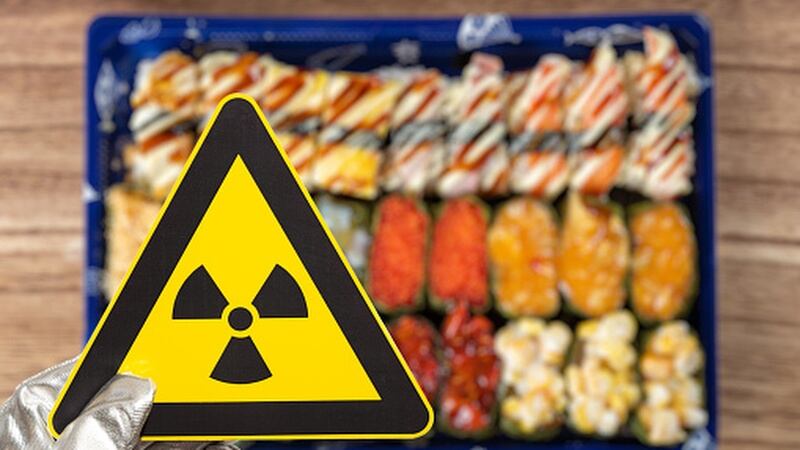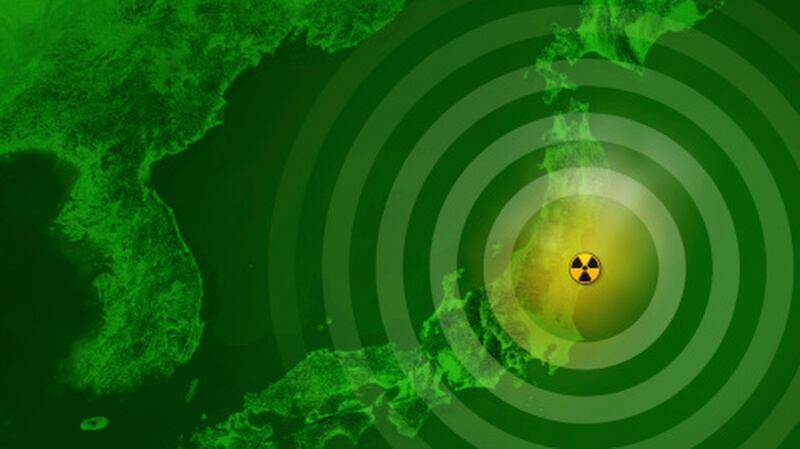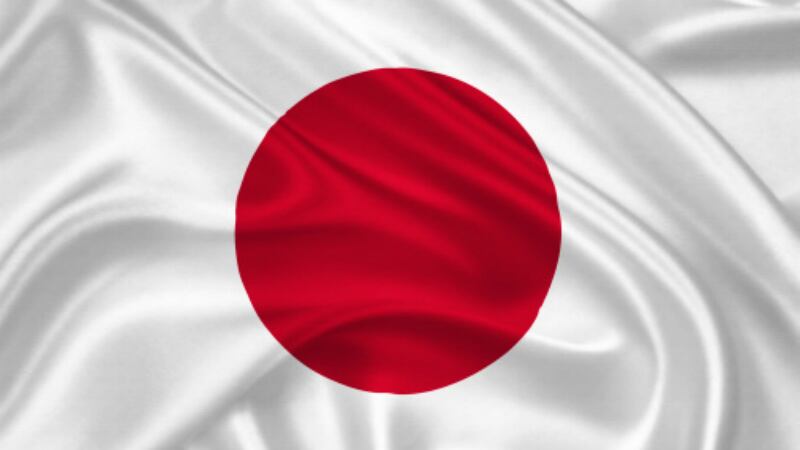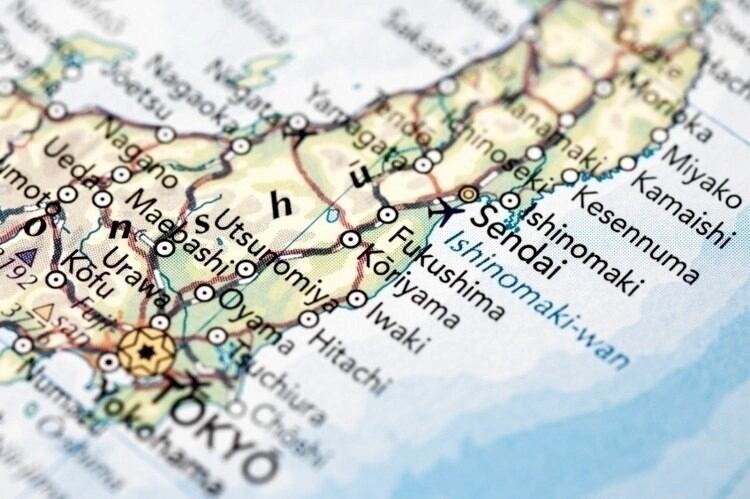Japan released its first round of treated wastewater from the 2011 nuclear disaster into the sea earlier in August this year to mixed reactions from nations everywhere, including its neighbouring countries, ranging from government support but outright consumer outrage in South Korea to anger and an overall Japanese seafood ban in China.
The latter has condemned this publicly, dubbing this release as ‘selfish’ and harmful to the environment and global public health, but no amount of negative feedback has deterred Japan from its course, even having released a second round of wastewater in early October.
It has frequently cited that the UN International Atomic Energy Agency (IAEA) has sanctioned this action and deemed it safe – but unfortunately the general public has had a far less optimistic view of the wastewater release especially when it comes to food safety.
The impacts have been particularly prominent in the seafood sector such as China’s ban on Japanese seafood, and the worst appears to not yet be over as confusion is still reigning amongst seafood consumers in the region.
“The impacts are pretty far-reaching, especially when it comes to seafood items that are commonly associated with Japanese imports or Japanese cuisine such as salmon,” multinational seafood firm Tassal’s Head of Sales and Marketing Matt Vince told FoodNavigator-Asia.
“A lot of consumers are really nervous and confused now, and salmon is receiving a lot of attention because it is a big part of sushi and this is such a popular Japanese cuisine that it is all linked together.
“China is a good example where we are seeing nervous consumers constantly making that association, especially with sushi.
“So the major challenge now is really to educate consumers that not all salmon originates from Japan and a lot of good quality salmon comes from Norway and Australia and so on – this education is important to clear up all this confusion so that the seafood sector is minimally affected.”
Tassal farms its salmon off the coasts of Tasmania, Australia – a good 8,000km or so from Japan – so it is apparent that the impacts are far-ranging indeed, especially as the firm has presence in many markets across the APAC region from China to India to South East Asia.
A major strategy that the brand is utilising is the strength of its Brand Australia, where it is hoped the provenance and cleanliness associated with Australian produce combined with good quality products will yield positive impacts.
“APAC markets are in general still showing high demand for salmon and seafood, which is very good for us in terms of outlook,” he said.
“The Australian branding is still giving us a strong advantage, especially as all salmon from Australia is essentially Tasmanian salmon, and the provenance aspect here is very doable.”
Waiting for certainty
That said, Tassal is unlikely to expand too aggressively in APAC at this point given the many ongoing challenges, and will stick with focusing on improving in its existing markets at this stage.
“We definitely still want to grow exports, yet there are so many things going on right now from geopolitical instabilities to an overall unstable economy, so it is not yet the right timing,” he said.
“However once certainly goes up, we are definitely going to be increasing efforts in this area and scaling up exports further to capitalise on the fact that global salmon demand is really outstripping supply.”





